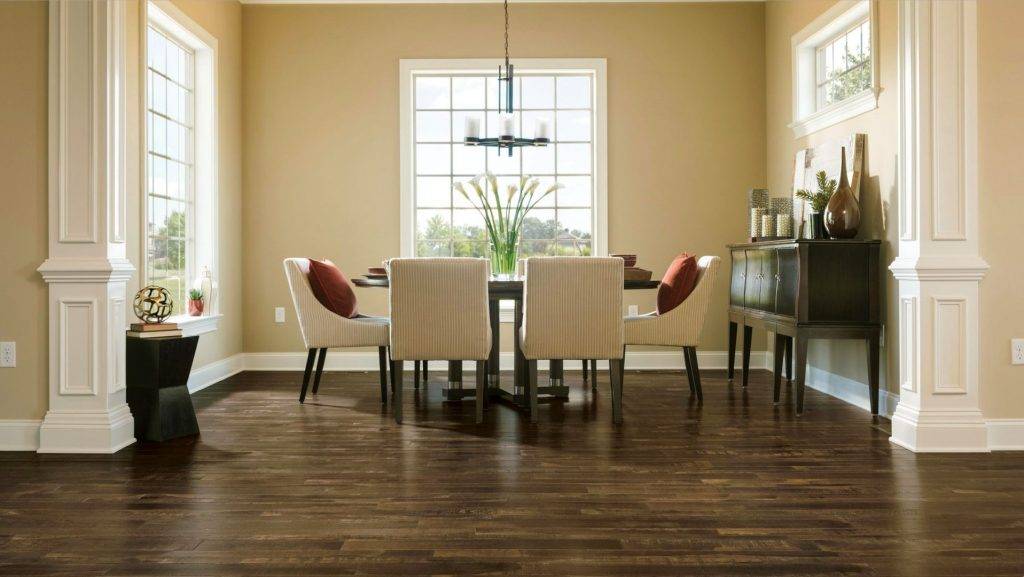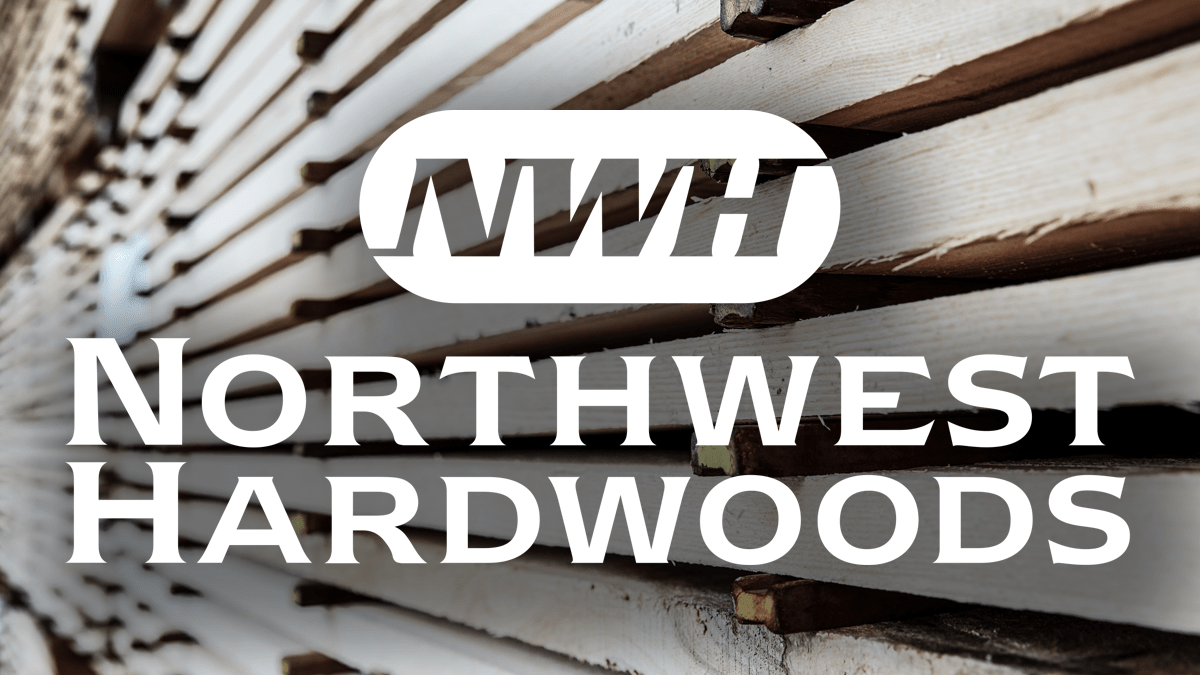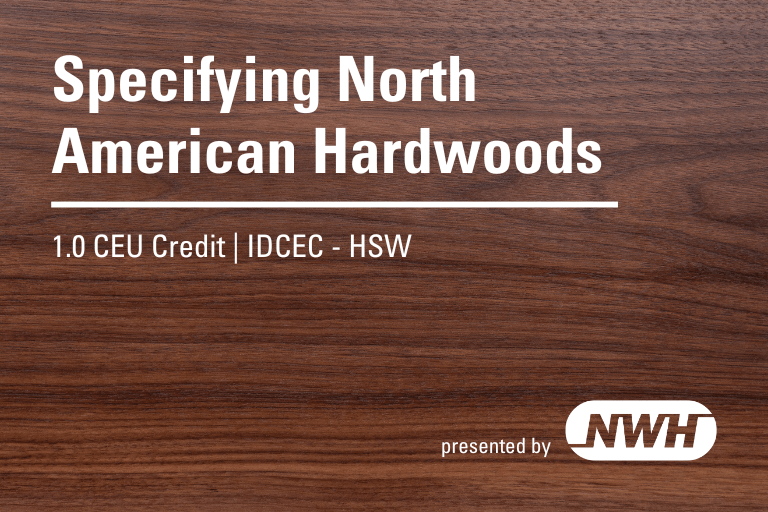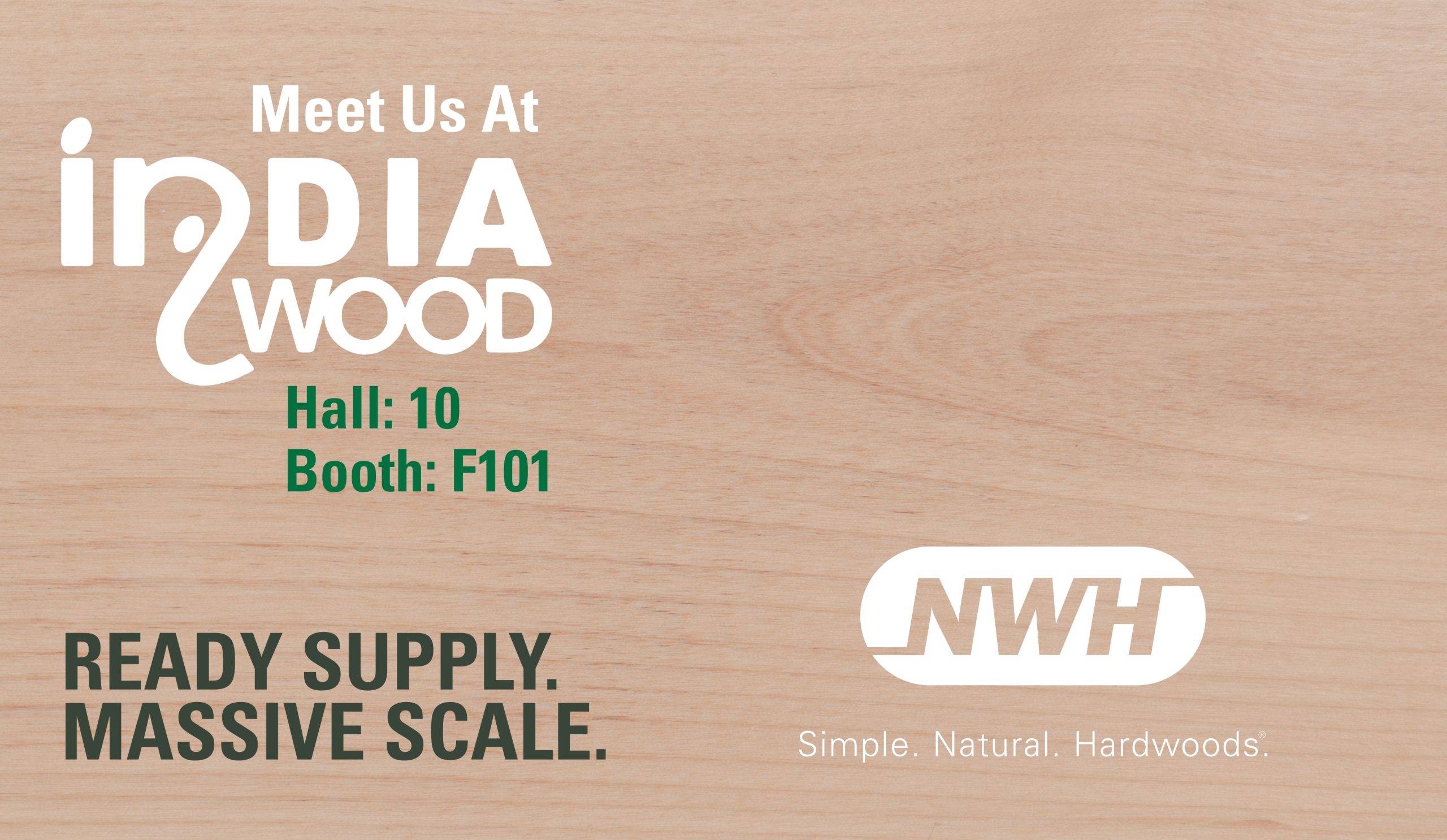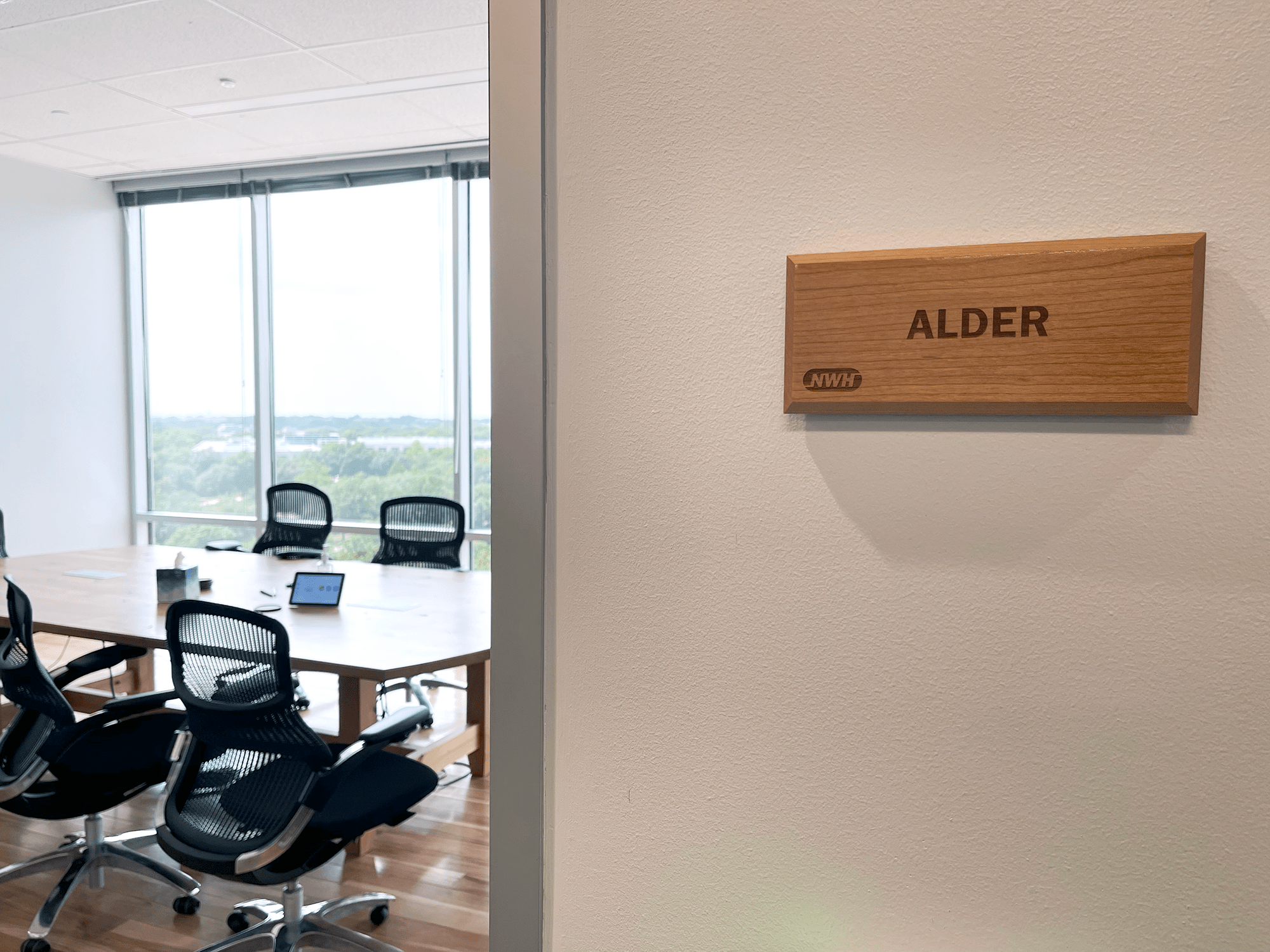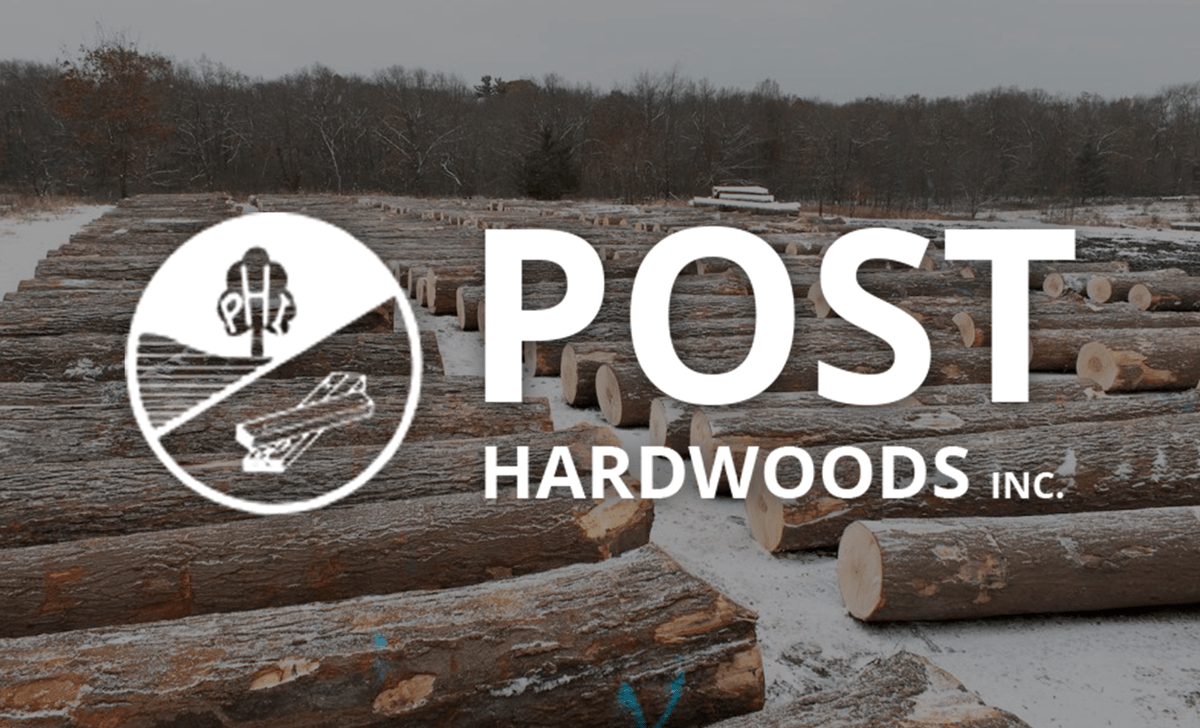An investment of new hardwood floors in a new or renovated home or commercial property will last for decades, especially when consumers properly maintain and care for their hardwood floors.
Fortunately, hardwood floors are easy to maintain. But do your customers know this?
We run into occasional misconceptions about hardwood floors that could steer homeowners and commercial property owners toward other materials. Many people misunderstand the durability of hardwood floors, for example, or think they require laborious hours of buffing and polishing.
Let’s clean up some of the confusion about hardwood floor care together, so you can help your clients and customers preserve and enjoy the longevity of this smart selection.
Misconception: Wood Floors Are the Same
People refer to all types of wooden floors as “hardwood” when they might not be. Help your customers to understand the differences between hardwood and bamboo, and engineered wood floors and solid wood floors.
Many consumers lump bamboo floors into the same category as wood, but bamboo is a grass. Pine and Douglas Fir are soft woods—a fact you know but which you may be surprised that your clients don’t. If a homeowner has seen a pine floor that’s sustained damage from a dropped book or toppled chair, for example, they may not understand that an oak or maple floor is more resistant to daily bumps and bounces.
Some types of wood flooring that people may call “hardwood floors” aren’t. For instance, your customers may not know that laminate wood floors are manufactured from a mixture of wood material and made to look like hardwood. It’s not uncommon for people to hear “laminate wood floor” and think that it’s simple hardwood that is coated with a laminate finish for sheen. As materials experts, we know that the surface resistance and aesthetic qualities are different than hardwood floors. We know that laminate floors can’t be refinished or re-sanded like hardwood floors can, and that many cleaning products often sold for cleaning wood floors will damage laminate, leaving a permanent, cloudy film. The average design customer, however, may not know about these distinctions.
Misconception: All Hardwood Floor Finishes Are The Same
Another common misunderstanding about hardwood floors relates to how they are finished. In fact, when your customers walk on, clean, or move furniture around on their new hardwood floor, they’re going to impact the finish that’s been applied to the wood, more than the wood itself.
Teach your clients and customers about today’s finishes that protect new hardwood floors and make them easy to care for and clean. Commonly a urethane or polyurethane product, today’s surface treatments are resistant to water and liquids and do not require polishing or buffing.
Older homes—those older than 40 years—with original hardwood floors or floors under carpeting may have been finished with a wax, shellac, varnish, or even paint. People who grew up in homes with pre-1970s hardwood floors that needed daily sweeping and frequent re-waxing or buffing may carry these outdated perceptions of hardwood floor care into their decision-making today.
Today’s newly installed hardwood floors with a urethane finish (or combination urethane and aluminum oxide finish) are simple to maintain with spot cleaning, weekly vacuuming, and quarterly liquid cleaning. No buffing is required for modern floors. Instead, when scratches or wear and tear become noticeable and bothersome—typically after a few years of heavy traffic—a new finish can be applied.
Teach consumers to understand that when cleaning a hardwood floor, they need to choose a cleaning solution that’s matched to the hardwood floor finish rather than the wood itself. Consumers shouldn’t purchase wood oil products or wood care products for use on their hardwood floors. Wood cleaners and oils are designed for furniture, or older trim, that hasn’t been finished with a urethane coating.
Misconception: Caring For A Hardwood Floor Is Hard
One message you can share with your clients and customers about hardwood floors is how easy to clean and care for they are. The experts at “This Old House” teach their viewers to clean their hardwood floor just 4-6 times a year! Full cleanings of hardwood floors are also quite simple: use a bottled, pH balanced spray such as Bona and wipe with a microfiber cloth or microfiber mop.
Other tips you can share with your customers include the as-needed and weekly upkeep. In between those quarterly (or every other month) full cleanings, use a dust mop or microfiber cloth/mop head every week. Vacuum with a short, soft brush (avoid roller brushes or carpet brushes that are abrasive and can scratch your finish) in between as needed and mop up any liquid spills right away—just as they would with carpet or vinyl.
Be sure to let customers know that caring for a hardwood floor doesn’t require fancy steam cleaners or products. In fact, they shouldn’t ever use a wet mop or steam cleaner on hardwood floors as water and steam will damage the finish and get in between the boards to cause warping over time. Similarly, acidic cleaning products such as vinegar, dish soap, and ammonia-based liquid cleaners such as Windex can all dull the urethane finish on today’s hardwood floors.
One easy thing to teach customers about keeping their new hardwood floors clean and lustrous is the no-shoe rule. Removing shoes helps reduce scuffing on the finish and tracks in less dirt and debris to fall in between boards.
Misconception: Hardwood Floors Scratch Easy
The misconception about hardwood floors’ durability comes from the country’s historic use of soft woods, rather than hardwoods, in early homes. Pine and Douglas Fir were readily available when American homes were being built and they were the common choices for trim, cabinetry, and flooring. Today, they’re a less costly choice than hardwoods, but because they are soft woods, they will scratch and damage more easily than hardwoods.
Hardwood floors made from Oak, Cherry, Walnut, Beech or Ash—to name a few—are going to withstand more foot traffic and today’s busy life and work activities than softwoods.
Area rugs and stair runners can help reduce wear and tear on hardwood floors. Furniture feet pads and doormats are simple, easy and inexpensive tools that prevent scratches to the finish as well.
Unlike carpets and linoleum which stain and must be removed and replaced in a decade’s time or less, hardwood floors can last for generations. When the finish is damaged or worn through, hardwood floors can be re-sanded and then re-finished—rather than replaced—resetting the clock on their lifespan. The message for customers: following a regular and simple care regimen ensures your new hardwood floors stay beautiful and add value to your property for decades.
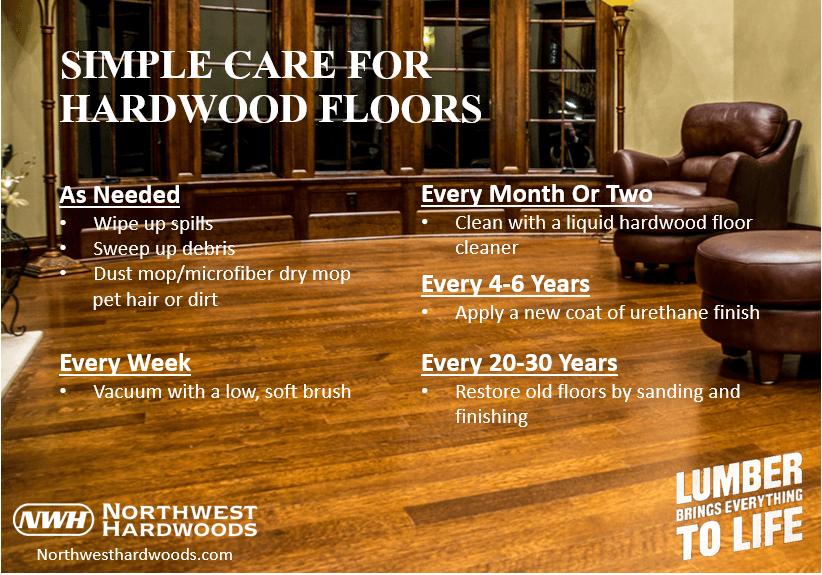
Share This Post!
